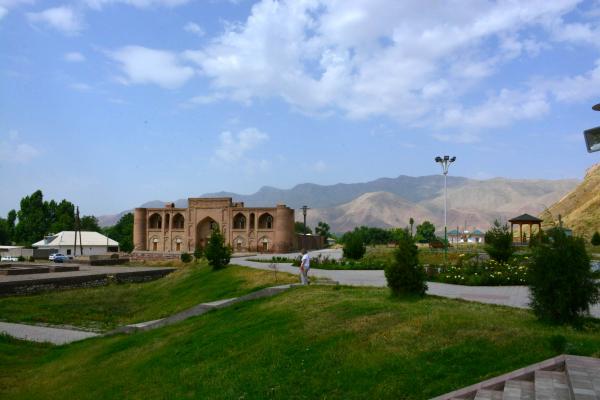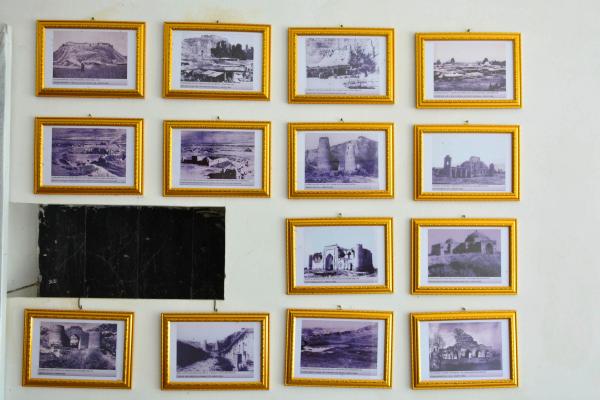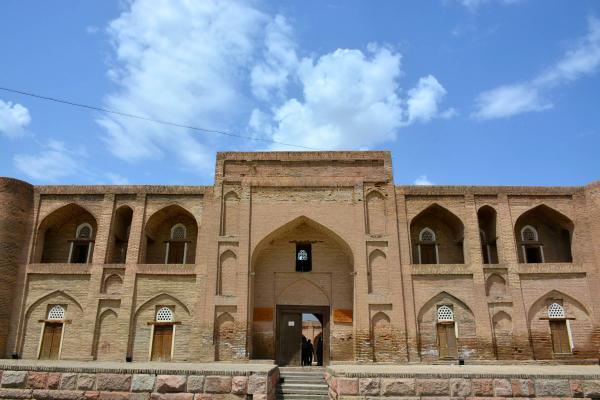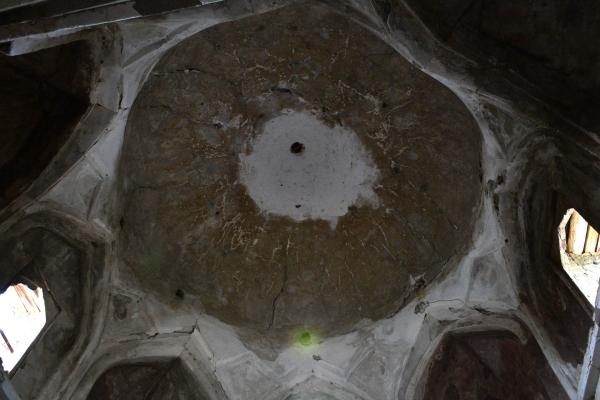Hisor
The town of Hisor is a cultural and historical heritage and pride of Tajikistan.
According to the assumptions of scholars, people in the lands of the Gissar Valley, where today the town Hisor is located, settled back in the Stone Age, namely in the 4-3 millennium BC. Archaeologists made this conclusion during numerous expeditions carried out on the territory. This is proved by the traces of ancient settlements, found during excavations.
Later, in the 9-10 centuries, the district was under the rule of the great Samanid state. Then for eight centuries, Hisor was part of the Turkic-Mongolian states, and then at the beginning of the 20th century became part of the Bukhara emirate. In the Middle Ages, the Great Silk Road passed through the territory of Hisor, which is why Hisor has long been a center for trade and handicrafts. Hisor masters were famous for their products far beyond the city. In addition, Hisor is known for its breed of sheep, called "Hisor sheep". This species is distinguished by the largest size among all breeds. The Hisor sheep has distribution throughout Central Asia, especially on the rea of the Republic of Tajikistan.
The first mention of the word “Hisor” dates back to the 11th century and it is translated as “military settlement”. The fact is that exactly a thousand years ago, not far from modern Hisor, a military fortress was founded in the marshland, around which the city later appeared.
However, at that time it was not entirely correct to call Hisor - a city, because officially it did not have this status until 1993 and was defined as a settlement. Only after the end of the Soviet era, Hisor was given the status of a city, but in 2005 it was deprived of it and re-declared a settlement. The next time, Hisor was once again officially proclaimed the city in 2016 and since then its position has not changed.
Hisor is of great historical and cultural value for the whole of Tajikistan. In the 1980s, a historical and cultural reserve was founded here, which combined the numerous architectural monuments of Hisor and archaeological finds.
The most important sights of Hisor are: the fortress of Ibrahim Beg, the governor of the Bukhara emir, founded in the 18th century. Two of the very first madrasahs, built in Hisor in the 18-19 centuries. In one of them was founded, a small museum of clothing, ceramics and precious jewelry, which once belonged to the local nobility. And the oldest mausoleum of Makhtam Azam of the 16th century. In addition, guests of the city will be interested to visit a military fortress on the mountainside, which was built 2500 years ago. And nearby is the local teahouse.










